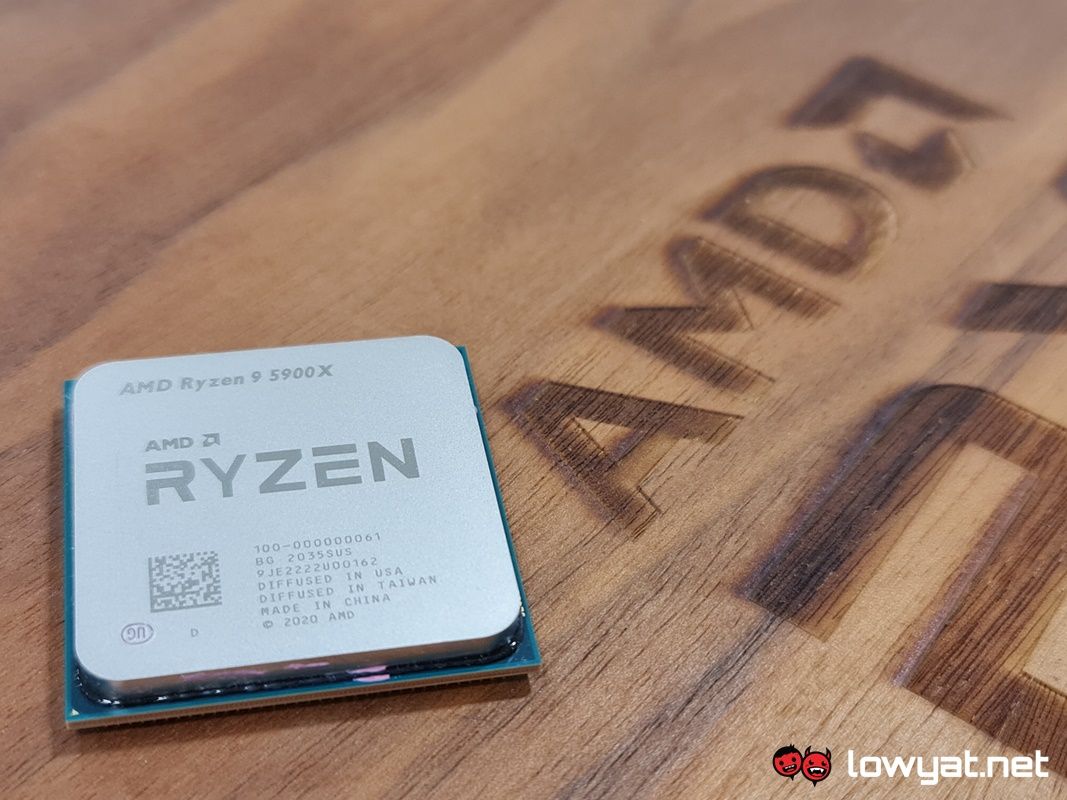In the case of AMD and its Ryzen platform, one workaround to the issue – provided that the Ryzen CPU generation in question was within Microsoft’s product approval for TPM 2.0 – was to simply enter the BIOS, find the TPM Device Selection tab, and then flip the switch on the option called fTPM. While this should have simply fixed the issue, it actually opened up a whole other can of worms for AMD users. Widespread reports have poured in about AM4 Ryzen platforms suffering from a system stuttering issue, brought about after enabling the fTPM feature.
As a quick primer, a TPM is basically a kind of secure cryptoprocessor, used primarily for things such as digital rights management (DRM), logon security, and protection and enforcement of some software licenses. For AMD, the fTPM stuttering issue isn’t just limited to Windows 11 system; it’s also reportedly prevalent on systems still running on Windows 10. Worse still, they seem to occur multiple times a day, manifesting themselves in the form of “jerking motions”, compromised audio, and some program outright hanging, which is probably the more severe reaction of the lot. To that end, some users have simply disabled the TPM requirement in Windows 11 as a way of circumventing the issue, but as a quick note, this is only a temporary solution. The good news is that AMD says that it is releasing a fix to its users, through the form of a BIOS update for its AM4 motherboards, under the codename AGESA 1207. The bad news is, getting those fixes out to its motherboard partners will take some time, and full implementation of these fixes may only be completed by May of this year. Meanwhile, the chipmaker has suggested that customers use a hardware TPM device, or dTPM, as an alternative towards circumventing the issue. (Source: Tom’s Hardware
